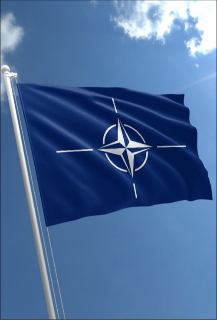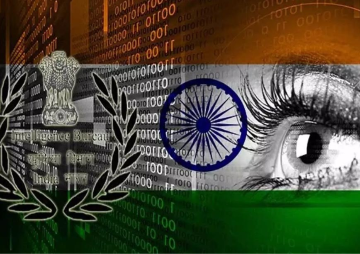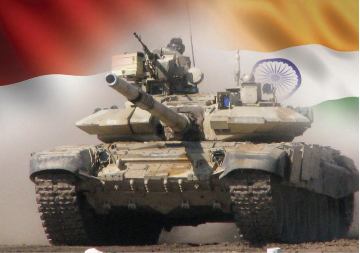At the end of the Cold War, many observers predicted the dissolution of NATO. The alliance was created during the Cold War in order in order to defend Western Europe against a presumed Soviet threat. Now that the Cold War had ended and the Soviet Union itself had ceased to exist, it seemed only reasonable to anticipate the demise of the alliance.
Yet NATO has not only outlasted the threat it was supposed to contain but has actually seen a considerable expansion in terms of its membership, its military activities and the geographical area of its operations. The alliance now has twenty-six members, compared to sixteen in 1990. NATO never went to war during the years of East-West confrontation; it did so in 1999, more than a decade after the Cold War had ended, when it took military action against Yugoslavia. The core provision of the North Atlantic Treaty (Article 5), which provides for collective defence in the event of an armed attack against a member state, was invoked for the first time in 2001, in the wake of 9/11. When the Soviet occupation forces withdrew from Afghanistan, not even a prophet could have foreseen that, in little more than a decade, NATO would step into a role in distant Afghanistan.
These seeming paradoxes are explained by two factors. In the first place, states and alliances tend to redefine their goals in response to major shifts in the distribution of power. The post-Cold War evolution of NATO precept and practice provides an example. After the disappearance of the Soviet threat, NATO expanded its aims to cover a wide range of new “strategic risks and challenges”. It also embarked on an undeclared policy of “neocontainment” of Russia.
Second, while NATO’s central objective was the defence of West Europe, the alliance has always served other objectives as well. NATO’s raison d’etre has never been confined exclusively to defence against an external threat. From its inception, NATO has served also to maintain or promote an internal power balance between its members. This latter objective continues to be valid even though it has undergone some mutation.
NATO’s first secretary-general, Lord Ismay, once famously observed that the alliance was intended to keep the Americans in, the Russians out, and the Germans down. The United States had to be persuaded not to disengage from Europe, as they had done after World War
I. This was the only basis on which West Europe could be defended against a presumed Russian military threat. Though post-war Germany was a divided and occupied country, her neighbours still entertained lively fears of German revanchism and the alliance, in its early years, served to assuage these fears.
France and some other European countries were initially opposed to permitting the Federal Republic of Germany to enter the alliance. It was only after the United States succeeded in overcoming this resistance that the FRG joined the alliance in 1955. The reasoning that carried the day was that, by incorporating it as a member, the alliance would serve to absorb and contain the military potential of the FRG. The German factor in the alliance took a further turn in the 1980s as a result of exploratory initiatives for German unification. The United States made it clear that it would not accept an unaligned Germany and that retention of Germany in NATO was the only acceptable basis for reunification.
Germany has consistently shown great sensitivity for the fears and concerns of its smaller neighbours, repeatedly demonstrating its willingness to firmly anchor its military and economic potential within NATO and EU structures. However, the evolution of a EU Common Foreign and Security Policy (CFSP), together with a European Security and Defence Identity (ESDI) has given rise to a new question, or rather, a mutation of the German question. What should be the relationship between ESDI and NATO? Should EU military initiatives be cleared by NATO, drawing upon the alliance’s military assets, or should they be launched autonomously by the EU? The answers to these questions hold the key to the internal power balance between the transatlantic partners, the US and the EU. NATO today serves to absorb and contain the EU’s military potential, just as it once served to “denationalise” Germany’s potential.
This paper traces the evolution of NATO after the Cold War focusing on the enlargement of the alliance and its implications for Russia; NATO’s New Security Concept and its significance for “out of area” operations; and the EU-NATO connection and its implications for continued American leadership of the alliance. Its concluding section sums up the impact of these developments on the global power structure and NATO’s role outside Europe.

 PDF Download
PDF Download



 PREV
PREV

